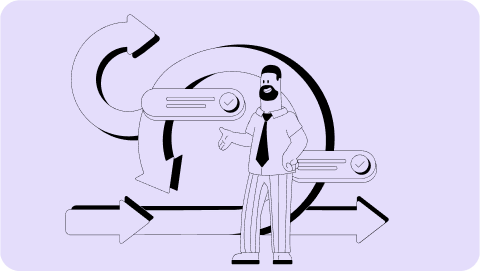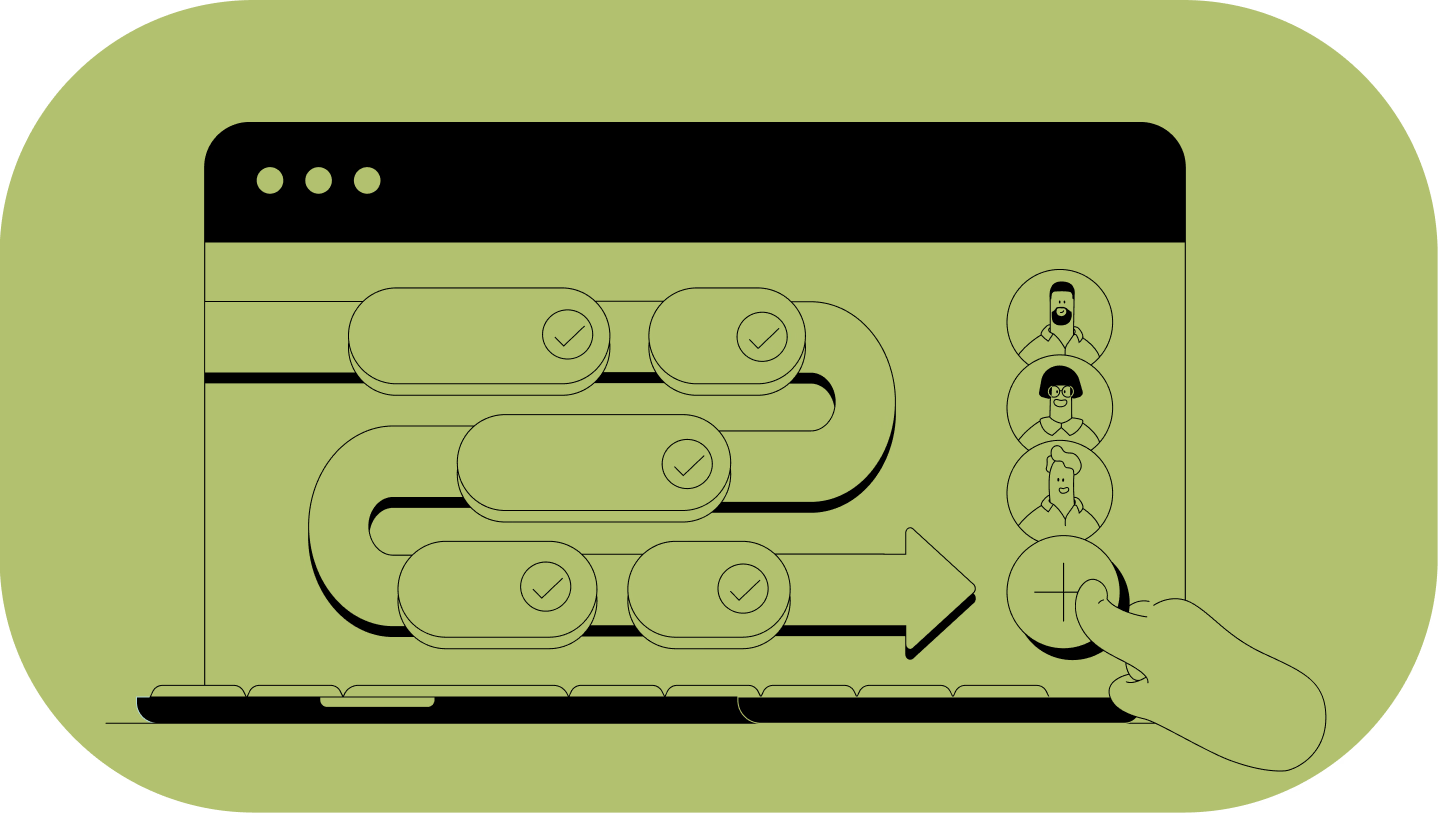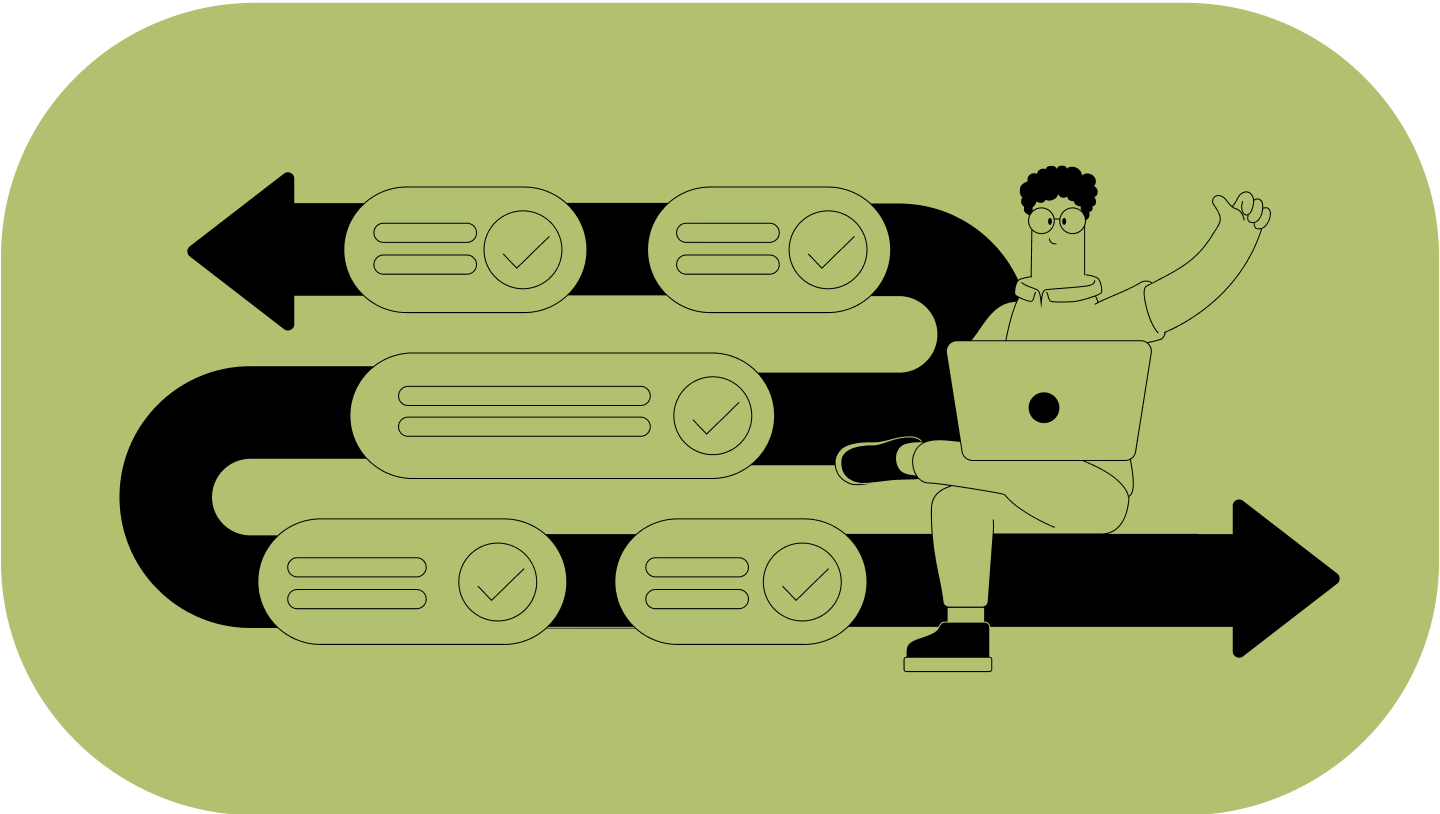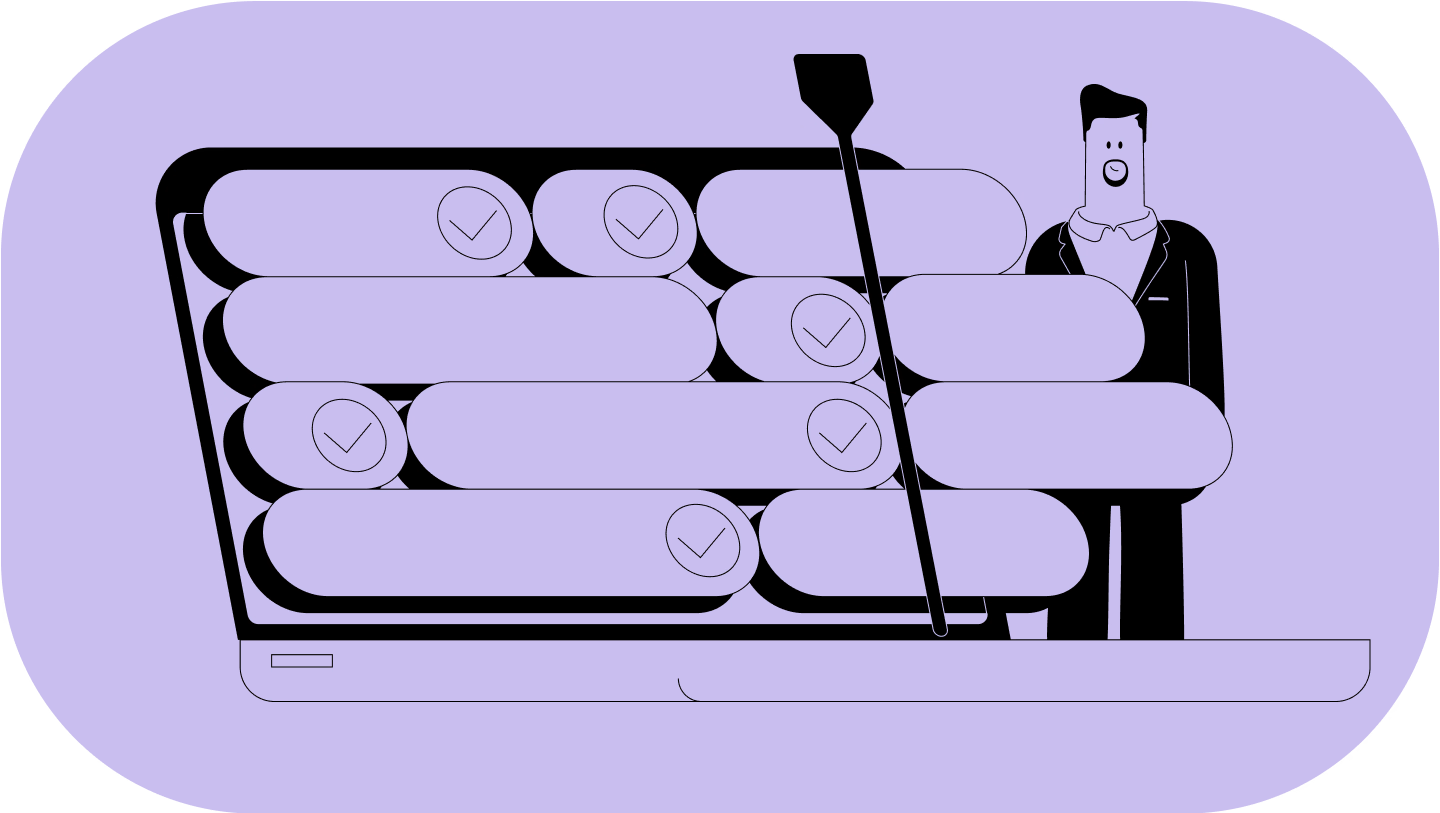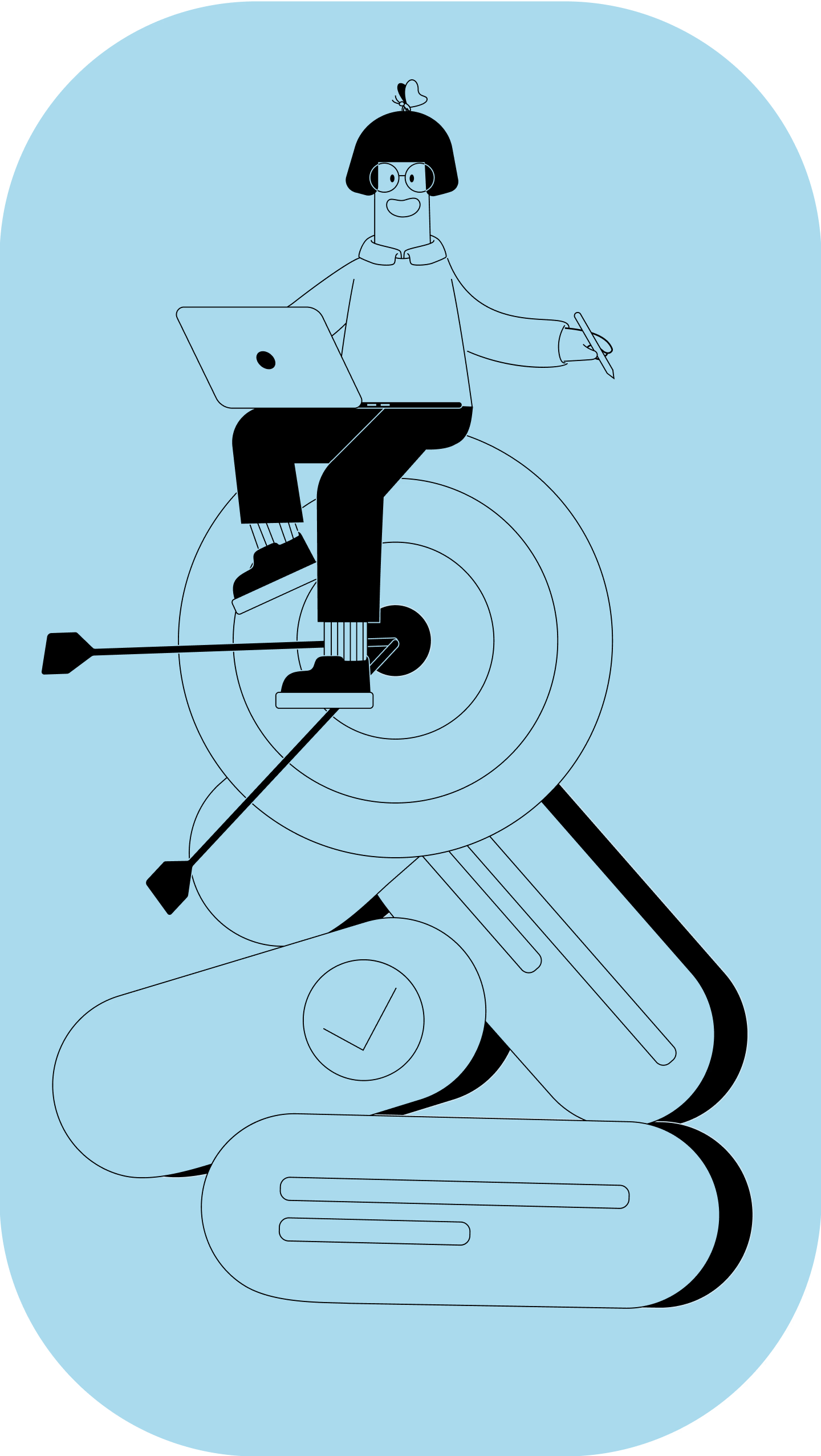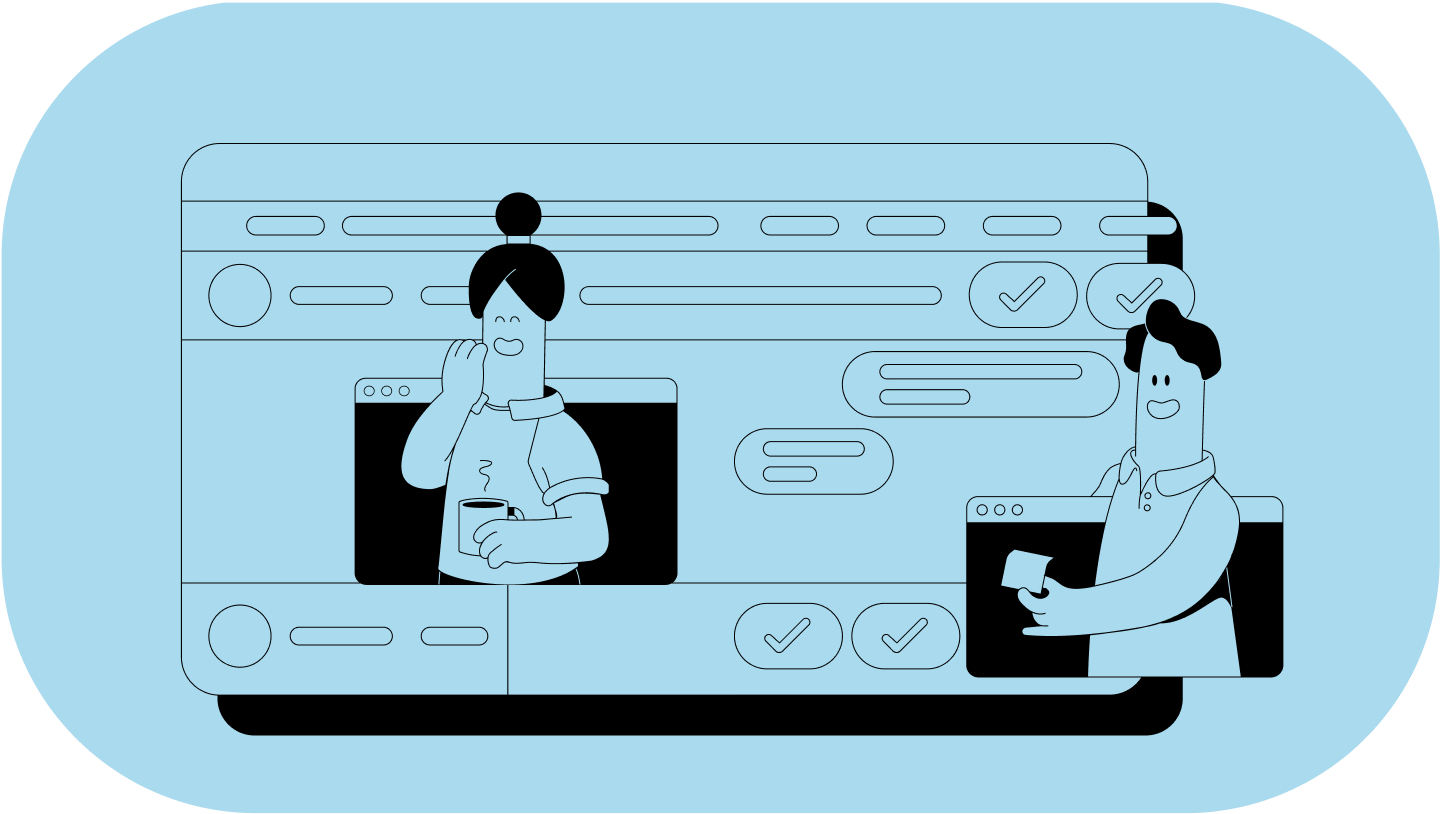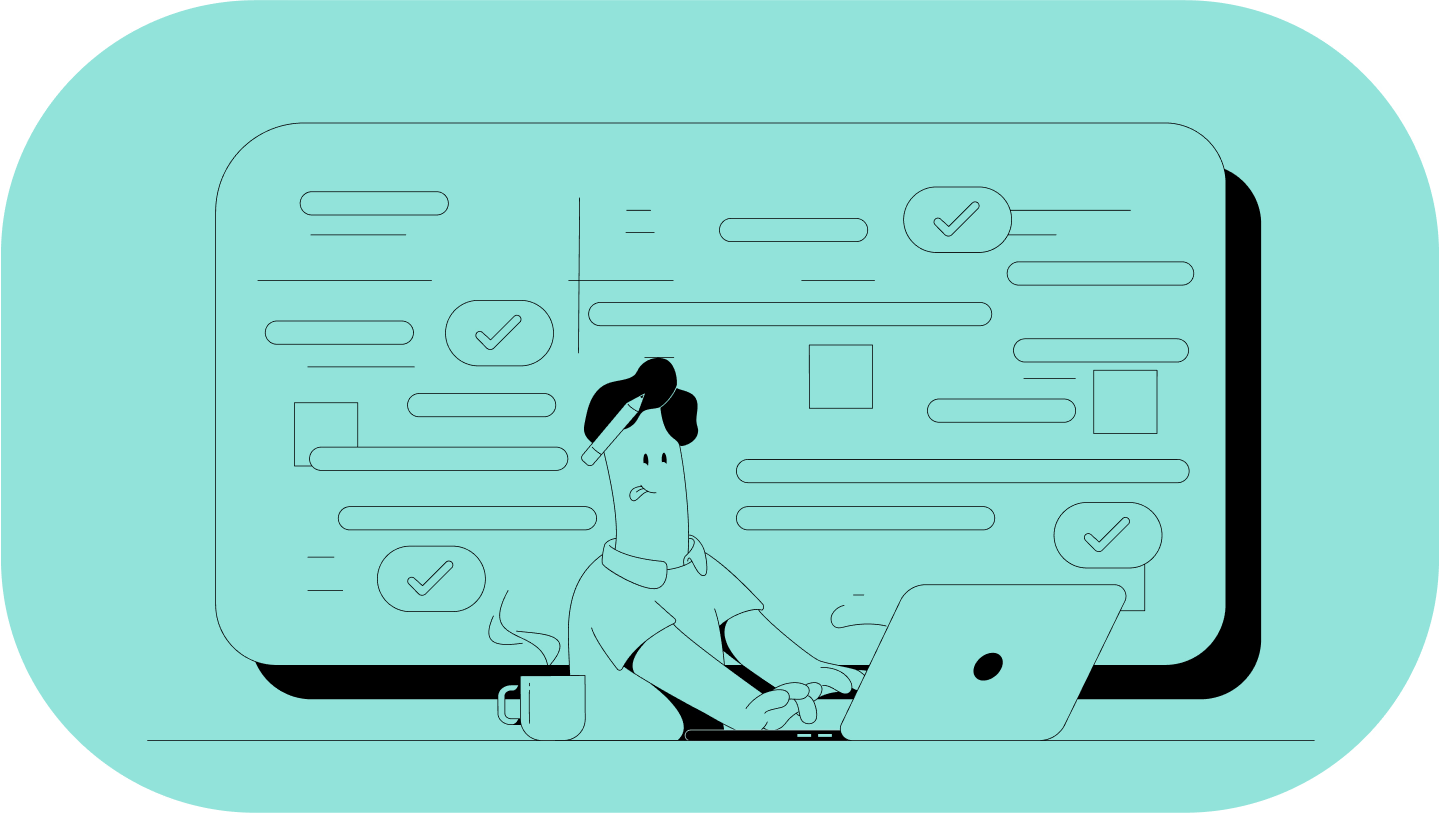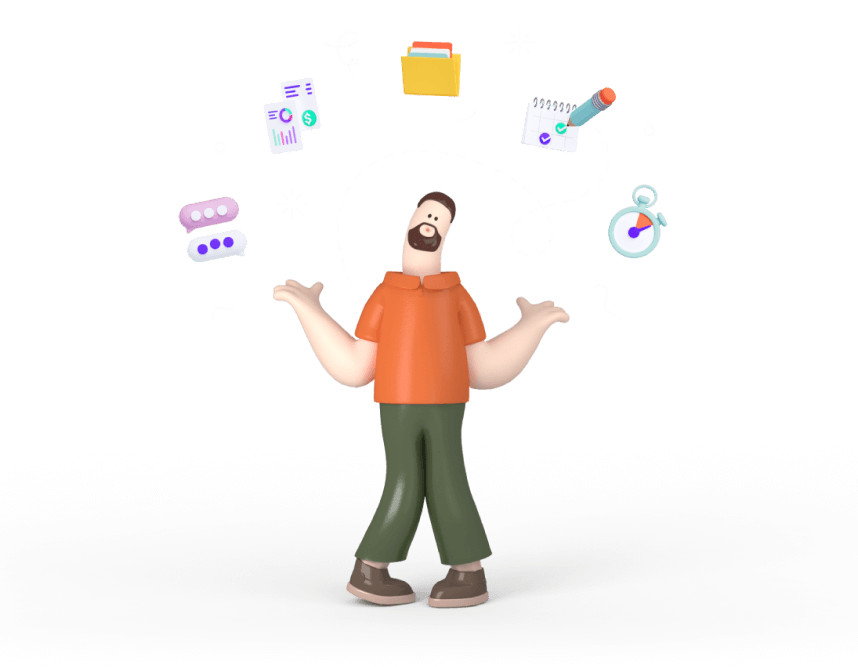Sprint Planning
Sprint planning starts with the product owner explaining the vision and how team members should complete this project stage. Also, teams decide how much work they can complete within the sprint. This type of meeting happens when teams move from product backlog to sprint backlog as well. This step requires about an hour for the team to decide on the final items that will be included in the sprint.
Scrum Daily Standup
Each day, team members gather for about 15 minutes to report any issues and discuss progress. Even though it's a brief meeting, it's still relevant to the scrum process. Daily scrum meetings are designed to keep all team members on the same page and bind them to a cohesive and functional unit. The scrum master is present during these meetings.
Sprint Review
The primary purpose of a sprint review is to demonstrate what has been done so far. Stakeholders, scrum masters, and product owners must review the product and suggest necessary changes or improvements.
Sprint Retrospective
Team members speak freely and openly during this meeting about their organizational concerns and teamwork. The meeting should be impartial, non-judgmental, and friendly. This session is a crucial part of the development and team-building process. To some extent, future scrum projects depend on it.
Sprint retrospectives happen after each sprint review but before the next sprint planning. In most cases, this is an hour-long meeting. This is an improvement meeting, where team members try to identify past mistakes, and potential pitfalls and look for new ways to avoid those mistakes.
Development team members, scrum masters, and product owners need to attend this meeting. Sprint retrospectives help the organization locate activities the team is doing well and what needs to be done for the next sprint to be more productive.
Each sprint retrospective meeting includes five stages:
• Set the stage: set up goals and allow people to have some time to get into the right mood.
• Collect data: remember to help everyone by creating a shared pool of information.
• Generate insight: why do things happen the way they do? Use this step to pinpoint some patterns and try to see the bigger picture.
• Decide what to do: choose a couple of issues to work on and then create an action plan to address them.
• Select the retrospective: think about the ways you can improve retrospectives.
When it comes to length, sprint retrospectives shouldn't take more than 45 minutes per week. For example, if you have a week of sprint duration, then the retrospective meeting should last 45 minutes, for two weeks 90 minutes, and so on.
People who execute tasks should attend a sprint retrospective meeting. They include product owners or a scrum master, designers, developers, and engineers.
Anyone who isn't a sprint execution or scrum team member shouldn't attend sprint retrospective meetings because they cannot help, and their presence may damage the retrospective process. The scrum master runs the meeting and keeps everything in perfect order. Other participants offer their input and views on what happened and ways to achieve better results next time.
Retrospectives aren't strategic meetings that could change the direction of the organization. They usually focus on small changes to improve processes, collaboration, and teamwork, bit by bit.
Backlog Refinement
Last but not least, we have a backlog refinement meeting, where teams focus on skills and the quality of work involved during the sprints. In this meeting, the product owner will connect with the development team and assess the final product.
Difference Between the Review and Retrospective Meeting
• Participants— Sprint reviews include almost everyone related to the project. In contrast, a sprint retrospective involves a scrum team only, with no input from others.
• Deliverables— While both meetings are held at the end of each sprint, their outputs vary significantly. Sprint review output involves updating the product backlog with high-priority user stories for the development team to work on. The sprint retrospective output is an action that lists all the essential steps, which boosts the team's ways of working during the next sprint.
• Goals— In sprint review, the goal is alignment between product stakeholders and the scrum team to offer a universal direction for progress and development. The purpose of a sprint retrospective is to enhance scrum team execution for each sprint continuously. These two scrum events work best when they are separated, so don't try to merge them.
